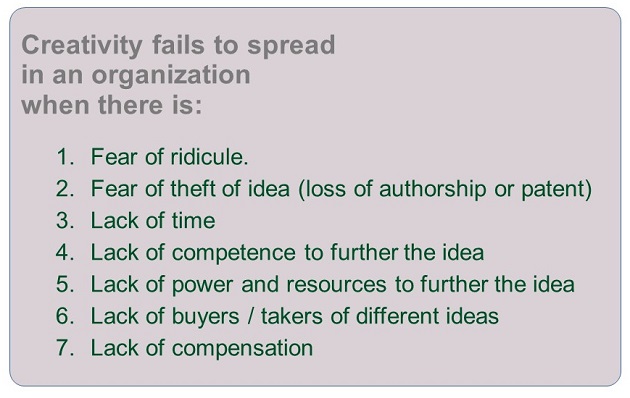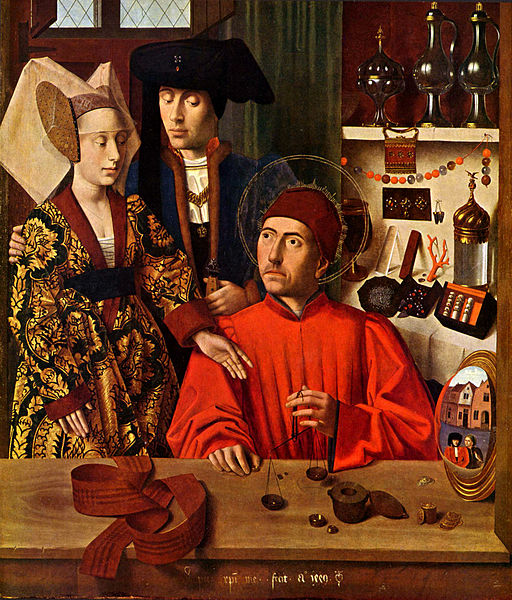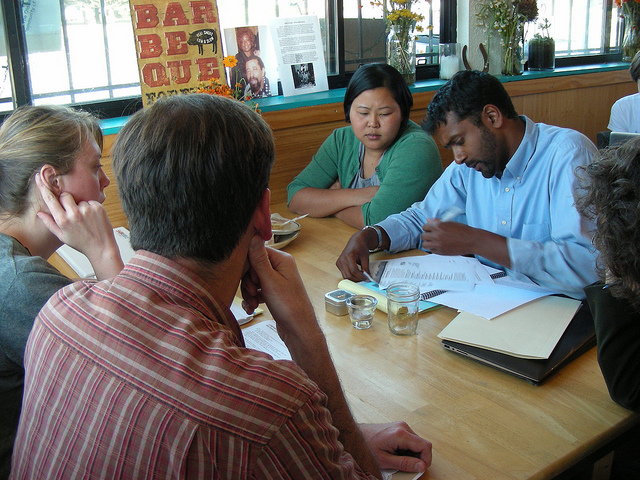Post 18 -by Gautam Shah
. This article on DESIGN PROCESSES is in FOUR parts
- 21-1 Design Handling
- 21-2 Holistic and Component Approaches
- 21-3 Redesign or Reengineering
- 21-4 Concurrent Engineering or Simultaneous Designing
PART I

Design Handling : A design occurs as a concept, idea or theme. Designs are documented brief for process of creation. These are processed further into experimental prototype, model or pilot for clearer perception of the form, scale, sensorial aspects etc. Designs also turn into products or systems. Designs become strategies for operational management or services.

There are many ways a Design is handled. The obvious conditions like: Nature of output, Presentation tools and methods, Scale of detail, Nascent effort or routine application, Human and other resources available, Technologies involved, etc. govern the Design formation.

Design Processes for a Lay person and a Designer are very different. A creative lay person simply goes on creating (assembling, modifying) things without being aware why certain things manifest in a certain manner. For a creative person the end is important and means irrelevant. A Designer, on the other hand, tries to discover the logic behind it. Selection of an element may be initially intuitive, but there is always a later effort to justify the actions intellectually. A designer justifies all actions like selection, rejection, inclusion or composition of various elements. In doing so the designer refines the intellectual prowess by equipping with an experience that is:
- definable
- repeatable or recreate-able as a whole or in selective parts
- recordable -its perceptive aspects
- transferable to another person
- increase or decrease its intensity (time scale) and diffuse or intensify its concentration (space scale).
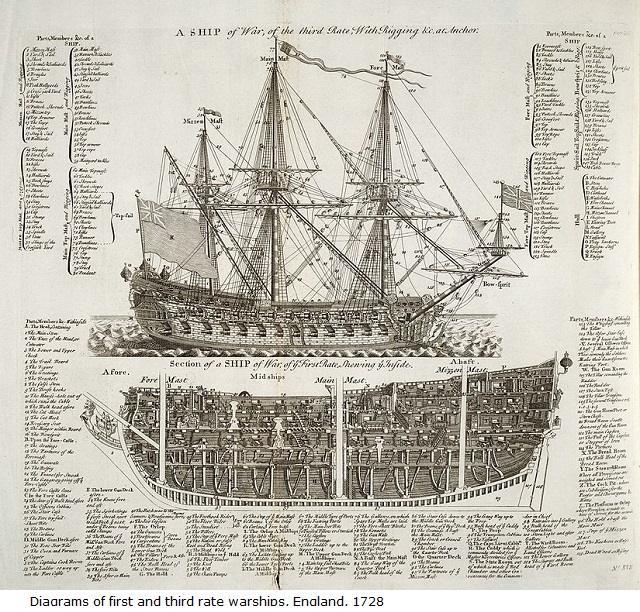
Relevance of Design Documents : For a designer, knowing means to achieve a specific end are very important. Proper record keeping of all design processes helps here. It is very difficult to register dreams, intuitions or inspirations. One needs to recall them in a different time and space context. All intuitions or inspirations, however, absurd, have some physical context of origin. Designers unlike a lay crafts-person or artist, are trained and disciplined, to record their design related thought processes. Thought processes thin out or obliterate completely with passage of time, so must be recorded as early as possible.

Importance of Documenting Design Process : The prowess of documenting all aspect of design helps a designer to handle extensive or more complex intuitions or inspirations. Personal and impulsively formed systems tend to be Holistic, with few or no recognizable sub systems. On the other hand, planned systems, whether personal or evolved through multilateral effort, and over a longer period of maturation, consist of many sub sets.

Closed Ended Systems are intentionally holistic. Such systems become irrelevant as soon as an open-ended system is available. Closed systems are improvise-able only by the author or inventor, whose capacity to update it continuously is finite. Closed-ended systems are planned to protect the intellectual rights of the innovators. As such systems cannot be dissected for inspection or repair, the form compact and rigid. Proprietary computer software may be used by a licensee, but its code remains restricted. Stand-alone or as a part of a larger entity have shorter relevance. Closed ended system need nodes of connectivity or gateways to be useful. Such gateways may or may not allow access to proprietary entities. In the world of mutual dependency, it becomes difficult to survive.

Open-ended Systems evolve from multilateral effort or multi trial endeavours. Where large number of people are involved in design and execution, and where these processes are likely to take place at different time and locations, the system automatically becomes open ended. The subsystems to be replaceable are conceived as substantially independent systems, by their vendors. Open-ended systems have on certain discipline or ‘design-architecture’, formed through common measurements, materials and procedures. To allow these, open-ended systems have a skeleton type frame structure (infrastructure). Open-ended systems have built-in reserves or additional safe capacities, often wasteful, but such reserves make systems more persistent. Open-ended systems allow replacements, improvisations and up-gradations of their subsystems and components.
.
PART II
DESIGN PROCESSES 21-2 (Holistic and Component Approaches)
.
The most important approach that affects the quality of output is the Technique of Design or the Design Approach or Process. First TWO processes are discussed here, others will be discussed in coming articles.
- Holistic approach
- Component approach
- Redesign or Re-engineering
- Concurrent engineering or Simultaneous design
.
Holistic Approach : Design effort that conceives a complete and self-contained system is called a Holistic Approach (whole to the part). These are conceived as a whole without much thought for the details. It entails germination of an intuition as a complete system. Such creations are akin to a work of art, often not functional, and not necessarily reproducible. Such impulsive concepts, however, may be detailed later on to become component systems.
Relevance and Purpose of Holistic Approach : Holistic approach is useful in areas where sufficient information is unavailable or there is a distinct disinclination to search for the detail. Holistic approach follows when inspiration rather than logic causes a design. A holistic concept and its execution if, are distanced in time, some recall is required forcing documentation, and the holistic approach may not remain as wholesome.

The term Holism :
● The whole is more than the sum of its parts -Aristotle.
● The term holism was introduced by the South African statesman Jan Smuts in his 1926 book, Holism and Evolution. Smuts defined holism as the tendency in nature to form wholes that are greater than the sum of the parts through creative evolution.
● Holism (from holos, (Greek) = all, entire, total) is the idea that all the properties of a given system (biological, chemical, social, economic, mental, linguistic, etc.) cannot be determined or explained by the sum of its component parts alone. Instead, the system as a whole determines in an important way how the parts behave. Reductionism is sometimes seen as the opposite of holism.
● In science reductionism is seen as a complex system that can be explained by reduction to its fundamental parts. Chemistry is reducible to physics, and biology is reducible to chemistry and physics, similarly psychology and sociology are reducible to biology, etc. Some other consider holism and reductionism to be complementary viewpoints to offer a proper account of a given system.

Component Approach is one of the oldest methods used for designing entities. A complex entity is perceived, as if composed of several sub systems each of which is already substantially viable. The components breed from the familiar conditions, and so are universal and relevant. Here one is required to solve the inter-subsystem relationships, and while doing so, upgrade the original subsystems, or possibly select a new subsystem. Component approach (parts to the whole) provides systems that are reliable, but usually traditional. Where situations demand a radically different or a novel solution, parts to the whole or component design approach are often inadequate.

Relevance of Component Approach : The component approach requires one to have a complete overview of the system, and be able to recognize the value of the component in the whole. This is rather simplified by recognizing the time and space relevance of the subsystems. The components residing within a well-conceived system are not much affected from conditions beyond their boundaries, so can be dealt easily. Component approach creates systems with some regimentation where subsystems have predictable dependency, and yet are replaceable. Component approach systems are fairly matured.

Purposes of Component Approach : The component approach requires one to have a complete overview of the functions the parts and the objects are to serve. Where situations demand a radically different or a novel solution, parts to the whole design approach are often inadequate. Components approach systems are fairly fail-safe because individual segments, parts, or components are continuously and concurrently being evolved. Modern day automobiles, computers are examples of this. For ages large number of buildings are being created through Components Approach. ‘Monuments’ and highly stylized architectural works intentionally and intensively negate the component approach for the sake of Holistic image.
.
PART III
DESIGN PROCESSES 21-3 (Redesign or Re-engineering)
.
Redesign or Re-engineering : A product is born through improvisations, and rarely through sudden eureka discovery. During the last few centuries, a series of products has been ‘improvised’ upon the existing ones. Many of these products were very successful in the market, and to remain ahead of competitors had to be continuously upgraded. One needs to be aware of how others are innovating with radical technologies, styles, additional functional provisions, compactness, energy efficiencies, superior handling, ease of repair and servicing. And one has to absorb these, and deliver it fast.


London city Bus of Hybrid technology > Wikipedia image by Tom Page from London (original) cropped by user: Ultra7
Redesign or Re-engineering Approach : Manufacturers need to design new products and launch them before their competitors do. Redesign or Re-engineering is used for product development like automobiles, `white goods’, office equipments, etc. For this markets are continuously surveyed to find out the features that make certain products leaders in the market. An attempt is made to absorb and improvise such features. As one is working with a successful subsystem, the chances of its failure are less. Redesign generates a product in its new Avatar.
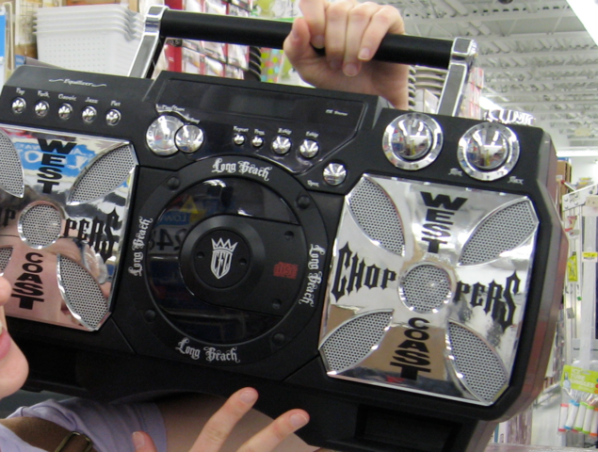



Original Sony DAT Walkman > Wikipedia image by Binarysequence
Background for Redesign or Re-engineering : Most products, however claimed to be original, are only improvised versions of some existing thing or a Redesign. This is a well accepted design process for products’ development. It has perhaps, a little less relevance in design processes of unique or first ever systems, such as Civil structures and Architectural entities. Japan perfected the process and achieved distinctive product design solutions in early 1960s. Sony music system Walkman has evolved from such efforts. At that point of time taped music systems were very bulky and weighed very heavy (these were often called Ghetto or Beachfront blaster). A new Walkman delivered the sound directly to the ears, through earplugs as speakers.


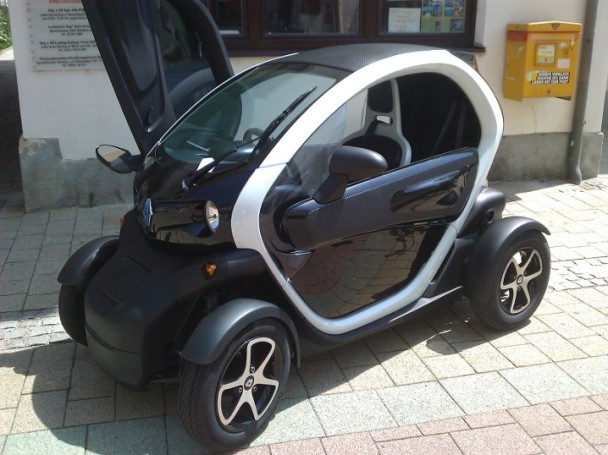
Redesign Ideology : Redesign addresses to deficiencies of aging technologies, fast changing tastes and varying operative conditions of products. It gives very specific clues which new features are accepted and which are the emergent technologies. It also allows faster incorporation of new technologies as new subsystems being offered by inventors and innovators are sought. New products are launched with minimum changes to existing tools and plant. Workers only need to upgrade their skills, and new employees or new training schedules are not required. The improvised product has slight familiarity with the existing range, and as a result comfort of acceptance is high.

Working of Redesign Processes : Redesign processes require lots of field surveys for identification of a market leader product. The field data is often so enormous and with minor or rare variants that may require statistical processing. Very often feedback from consumers is subjective in nature. There is a distinct danger for the design leader/ team to get entangled in the data collection and interpretation work at the cost of essential design clarity and creativity. Redesigned products have to be very careful about infringing intellectual property rights. It is also extremely difficult to secure patents, copyrights, etc. for such products..
.
PART IV
DESIGN PROCESSES 21-4 (Concurrent Engineering or Simultaneous Designing)
.
Concurrent Engineering or Simultaneous Designing is sometimes referred to as Integrated Product Development IPD. It allows several teams to work simultaneously. It brings together multi-disciplinary teams working in diverse locations, taking advantage of local talent or resources, the daytime zones and climatic conditions. The teams could be a departmental, outsourced facility or free lancing entities.

Concurrent engineering or Simultaneous designing has some bearing on component approach for design. The implications here relate to an entire project and not just a product. Till recently, products or subsystems were handled as separate tasks, each often managed sequentially. Here the tasks are recognized and designed by different agencies. These agencies are not offered any specific design assignment, but become aware of it through shared Net resources. They offer their own design suggestions. Earlier in sequential design approach whenever major changes were proposed, everything had to be reset, forcing rethink and rework. It increased the ‘development time’ of a project.

Working of Simultaneous Designing : The simultaneous approach needs live or virtual linkage channels for very fast communication. Concepts, ideas, designs, specifications and alternatives are exchanged instantly, and shared with the project leader, teams handling specific tasks, and often all stack holders. Sharing may also be through a public domain like internet world wide web allowing anyone to pass an opinion or make a business offer. Concurrent engineering offers gains such as reduced product development time and cost, reduced design rework, and improved communications.

Examples of Simultaneous Designing : A significant design change in structural design of a bridge span will affect design of many other sub systems. It could mean change of loads on the columns, foundation structures, scaffolding requirements etc. Each of these would have new design parameters, but with electronic drafting tools and instant communication means, all design changes can be apparent to all the concerned agencies, immediately.

Conditions for Concurrent Engineering works best when resource constraints are very acute. It helps in completion of projects in the shortest possible time and maximizes the profit or advantage. It matches tasks to available human resources, machines capacities. Organization dabbling in off the track jobs cannot suddenly recruit new employees, upgrade the competence of staff or resort to over-time payments for the extra work, efficiently use the concurrent engineering. Concurrent Engineering or Simultaneous designing is one of the best methods to infuse new technologies, adjust to erratic finance flows and cope up with external factors like a climate, political conditions, etc. These methods allow use of human and other physical resources however, remote they may be.
.
21 – DESIGN PROCESSES –part of the lecture series DESIGN IMPLEMENTATION PROCESSES
.












